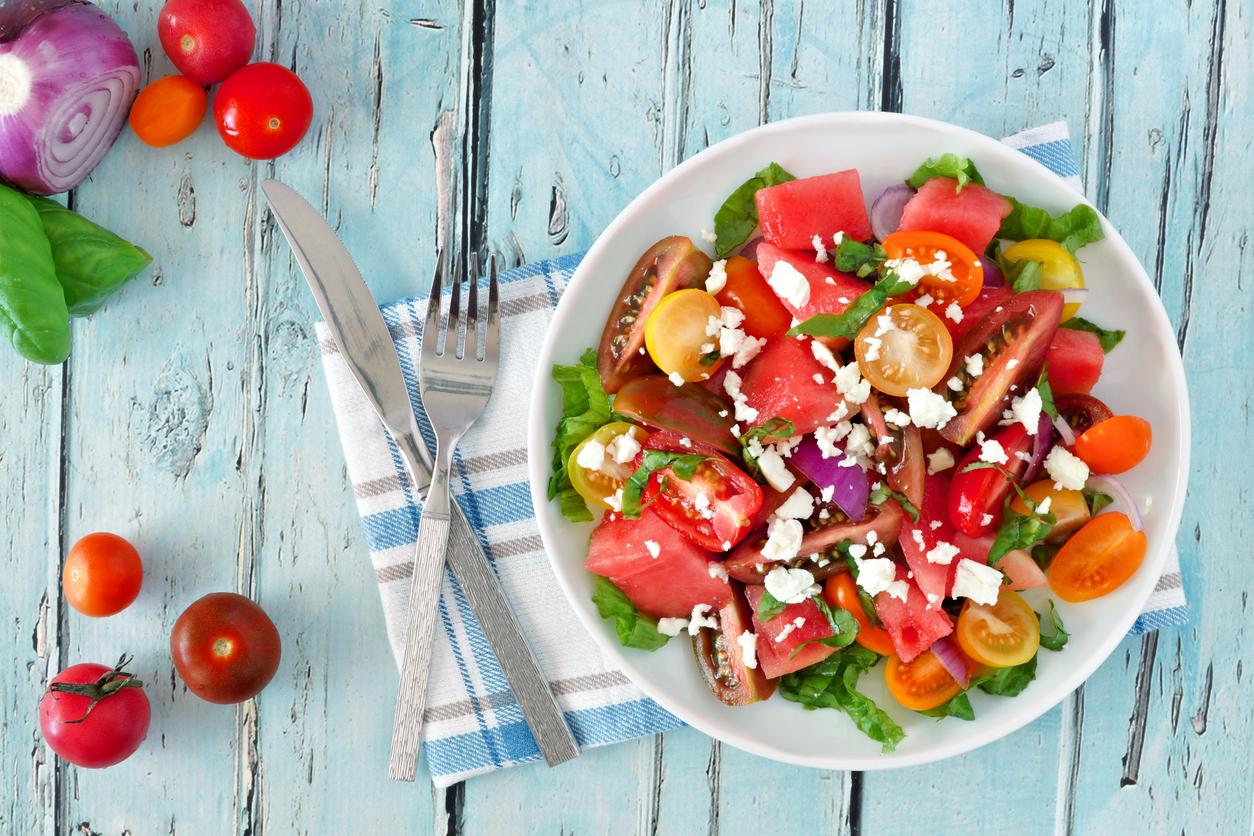THE chard are known by several names: chard ribs (Swiss), Swiss chard (Quebec) or acelgas (Latin America). The taste of their leaves is comparable to that of spinachwhile their stems, which are called ribs, are more reminiscent of that of beets.
Their peak season extends fromApril to November. Chard has been cultivated since Antiquity, it was found prepared in soups in the Middle Ages before falling into disuse at the end of the 19th century.
What are the benefits of chard?
Chard is a vegetable very low calorie. Consumed raw, it has a high chloride content, which aids digestionbut also in potassium, which contributes to the proper functioning of the nervous, blood and muscular system. Boiled, it provides the body with vitamin Awhich contributes to the good health of the visionskin and mucous membranes, as well as manganesewhich in particular helps cells to protect themselves against oxidative stress.
How to prepare chard?
To enjoy chard, you have to start by selecting them well. And to make the most of their virtues and flavors, it is better to favor those with intact leaves (not torn) and firm, very white ribs.
The vegetable to most often eaten cookedin steam, in a pressure cooker, in water or even pan-fried. The ribs take longer to cook than the leaves, which can be cooked like spinach. In addition, if cooking in water is preferred, be sure to squeeze this vegetable well before continuing to prepare it.
Chard leaves can also be eaten raw. Nevertheless, their earthy taste is then very pronounced.
To discover the flavors of this vegetable not necessarily known to everyone, this slideshow presents a selection of 9 gourmet and varied recipes.
Sources:
- Swiss chard identity cardFresh fruits and vegetables (Interfel)
- Swiss Chard Nutrition Fact SheetAprifel

























